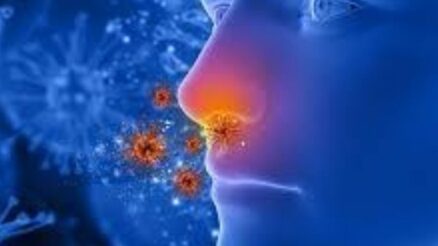In recent years, the landscape of behavioural addiction has evolved, unveiling new forms that reflect our changing lifestyles and technological advancements. These emerging behavioural addictions, including social media addiction, online shopping addiction, and digital game addiction, are increasingly recognised as significant mental health concerns. This blog post delves into some of these newer forms of behavioural addiction, explores their common roots, and underscores the importance of seeking treatment.
Emerging Forms of Behavioural Addiction
Social Media Addiction
Social media addiction is characterised by an excessive and compulsive use of social media platforms, leading to significant impairment or distress. Individuals may find themselves spending hours scrolling through feeds, obsessively checking notifications, or fixating on curating their online persona, often at the expense of real-life interactions and responsibilities.
Online Shopping Addiction
The convenience of e-commerce has given rise to online shopping addiction, where the ease of a few clicks leads to compulsive buying behaviors. This addiction is marked by an uncontrollable urge to make purchases online, often leading to financial strain, clutter, and significant emotional distress.
Digital Game Addiction
Digital game addiction, also recognised by the World Health Organization as “Gaming Disorder,” involves persistent and recurrent gaming behaviors that take precedence over other life interests and daily activities. This form of addiction can lead to social isolation, decreased physical health, and neglect of personal, educational, or occupational responsibilities.
Common Roots of Behavioural Addictions
The emergence of these behavioural addictions shares common roots, primarily centered around the digital transformation of our society. Key factors include:
Instant Gratification: Digital platforms, whether social media, online marketplaces, or gaming sites, are designed to offer instant rewards and gratification, reinforcing continuous engagement.
Accessibility and Convenience: The 24/7 availability of these platforms means individuals can engage with their addictive behaviors at any time, increasing the risk of addiction.
Social and Psychological Factors: Issues such as loneliness, anxiety, depression, and low self-esteem can drive individuals towards digital platforms as a form of escapism or to seek validation, exacerbating addictive behaviors.
The Importance of Seeking Treatment
Recognising and addressing these emerging forms of behavioural addiction is crucial for several reasons:
Mental and Physical Health: Untreated behavioural addictions can lead to severe mental health issues, including anxiety, depression, and even suicidal thoughts. Physical health can also be impacted due to sedentary lifestyle choices associated with digital addictions.
Social and Relationship Impact: These addictions can strain relationships, leading to isolation, misunderstanding, and conflict with loved ones.
Financial and Occupational Consequences: Addictions like online shopping can lead to financial ruin, while digital game addiction can negatively impact academic or career trajectories.
Treatment for behavioural addictions may include cognitive-behavioural therapy (CBT), which has been effective in addressing the underlying cognitive patterns contributing to addiction, support groups, and sometimes medication to treat co-occurring conditions. Digital detox programs and setting strict boundaries around the use of technology can also be beneficial.
Conclusion
As our world becomes increasingly digitized, the rise of new forms of behavioural addiction poses significant challenges. Understanding these addictions, their common roots, and the importance of seeking treatment is vital for those affected and their loved ones. By acknowledging these issues and taking proactive steps towards addressing them, individuals can regain control over their lives and embark on the path to recovery and well-being.





